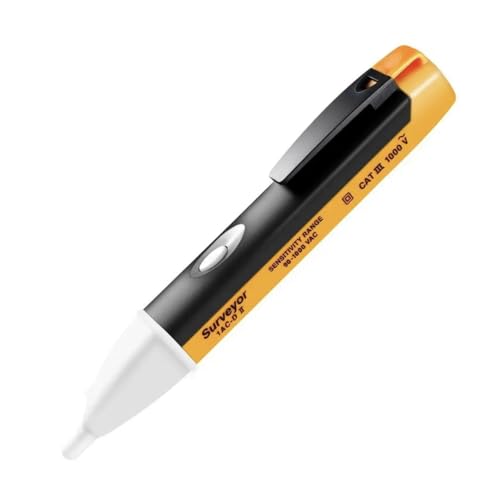Texdangerfield
Junior Member
- Joined
- Aug 11, 2011
- Messages
- 10
- Reaction score
- 0
Hello everyone. I'm writing for advice in regards to a little argument I'm having with another electrician. I'm currently doing a series of kitchen rewires and I'm in the habit of crimping the old 2.5 circuit and placing then in the wall (the old kitchen circuit also powers the bedrooms) but the other electrician argues that it's better to use connector block. I'm told that the regs state that crimps are classed as unbroken conductors. Is there mention of this in the regs? I can't seem to find it, thanks if you reply!

























































![TUOFENG 12 Gauge Silicone Wire -6 Meter [3 m Black and 3 m Red] 3.3mm² Soft and Flexible Electrical Wire for DIY Projects and Electrical Applications](https://m.media-amazon.com/images/I/51+++DjJ1DL._SL500_.jpg)






